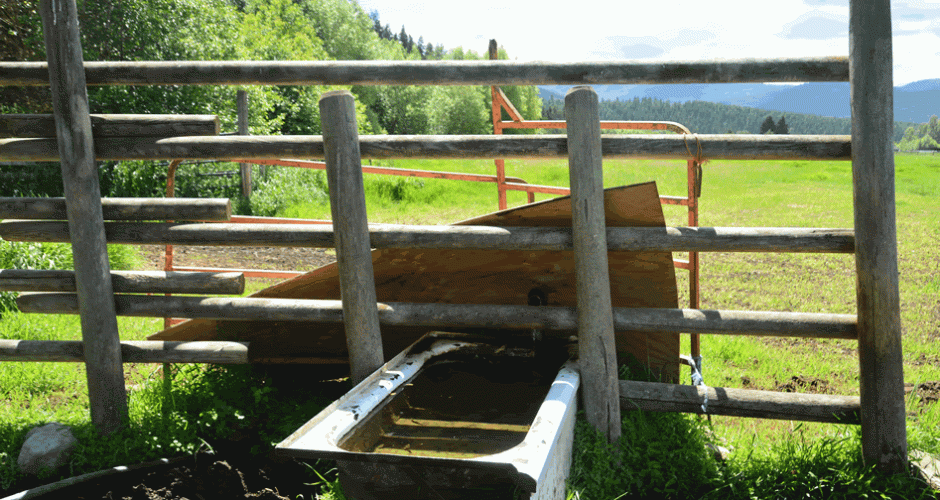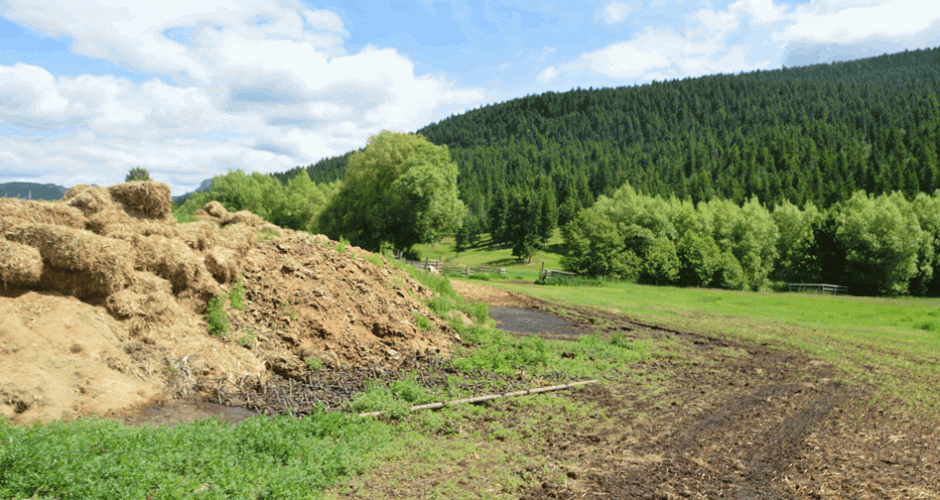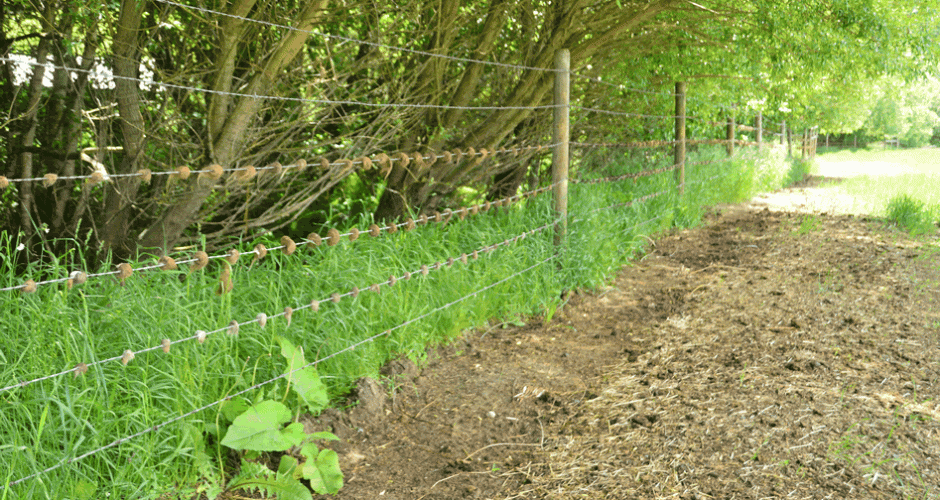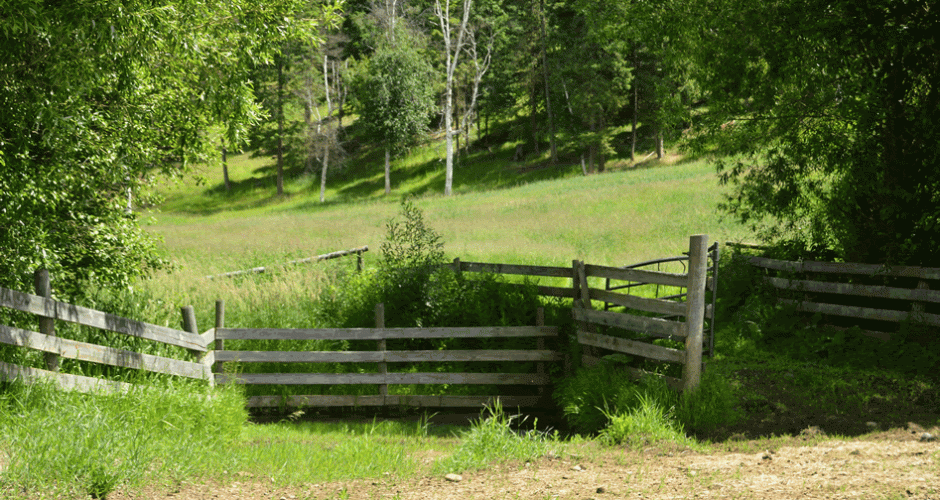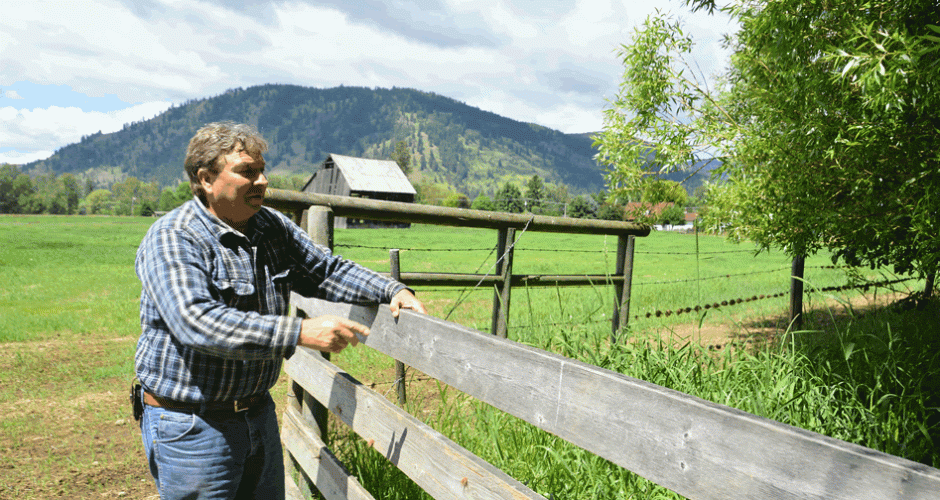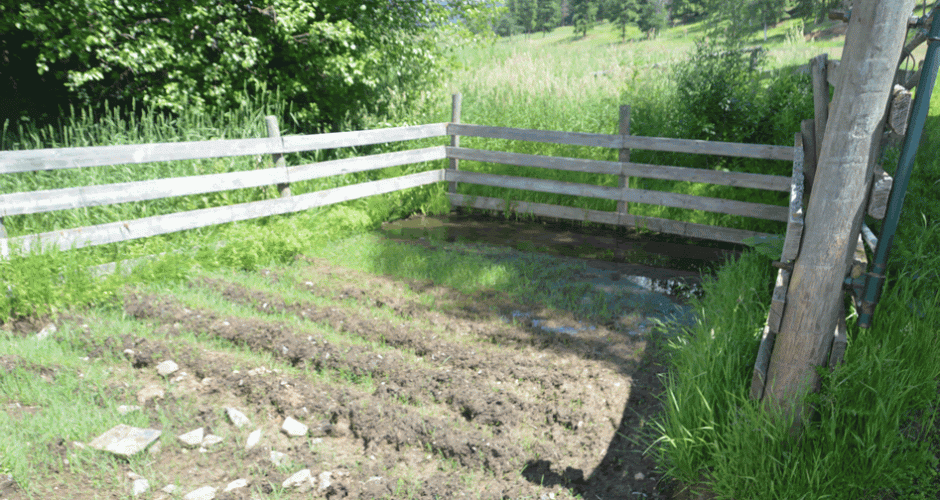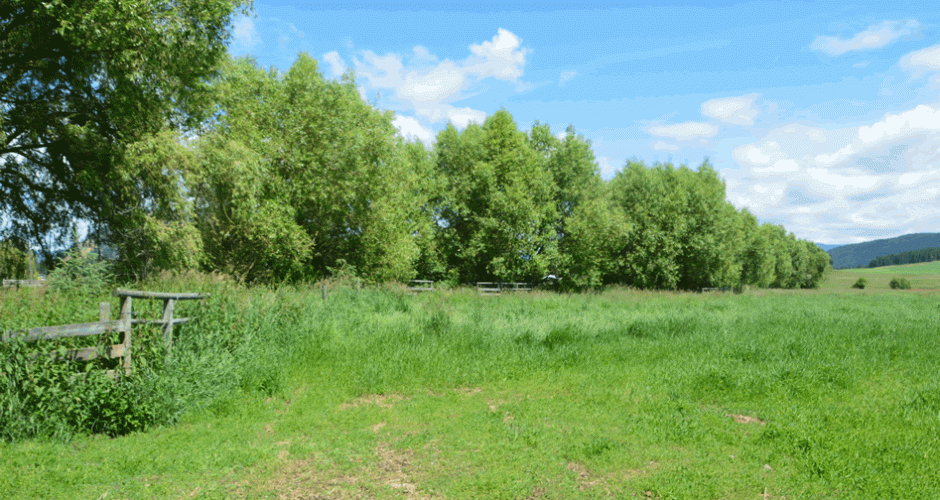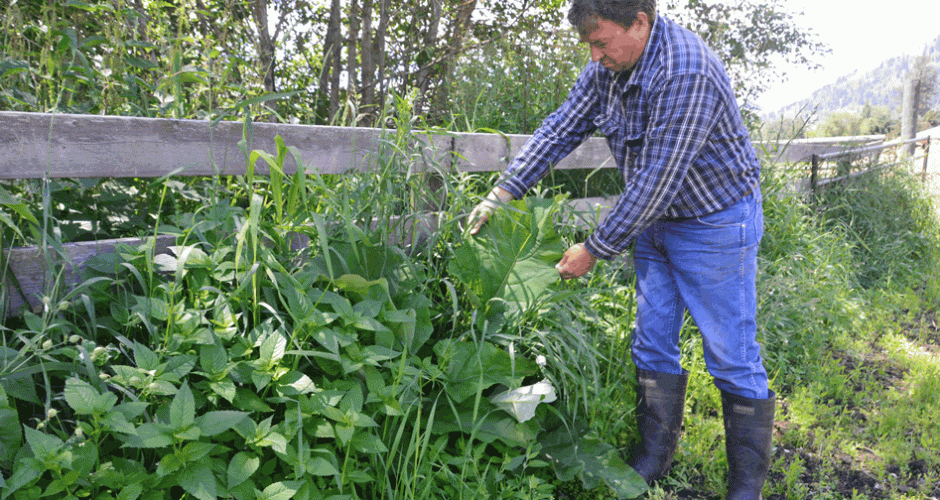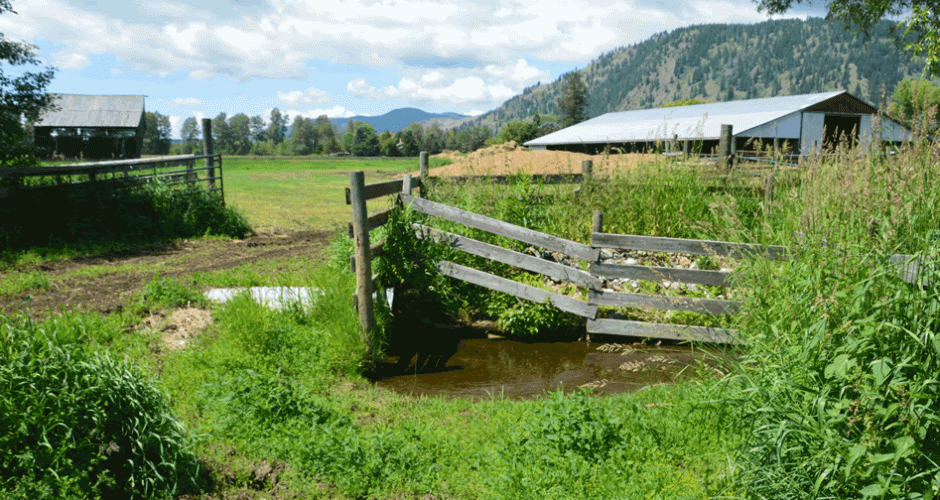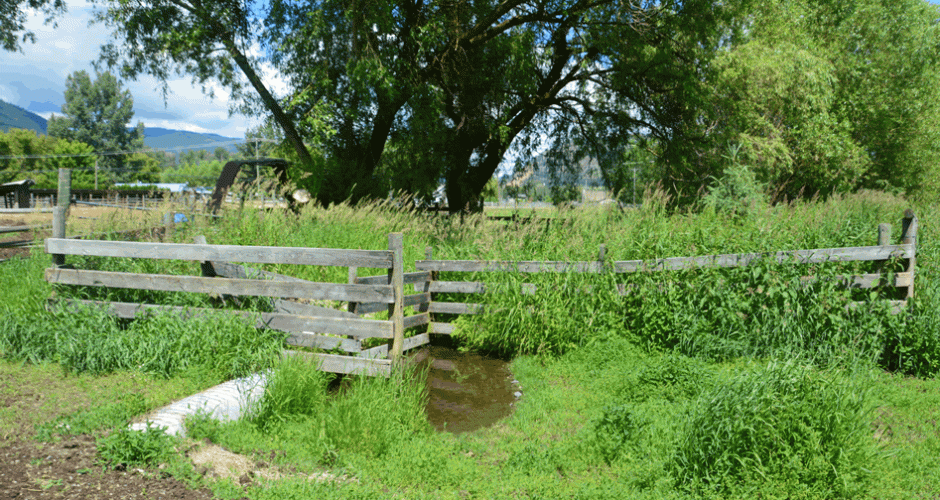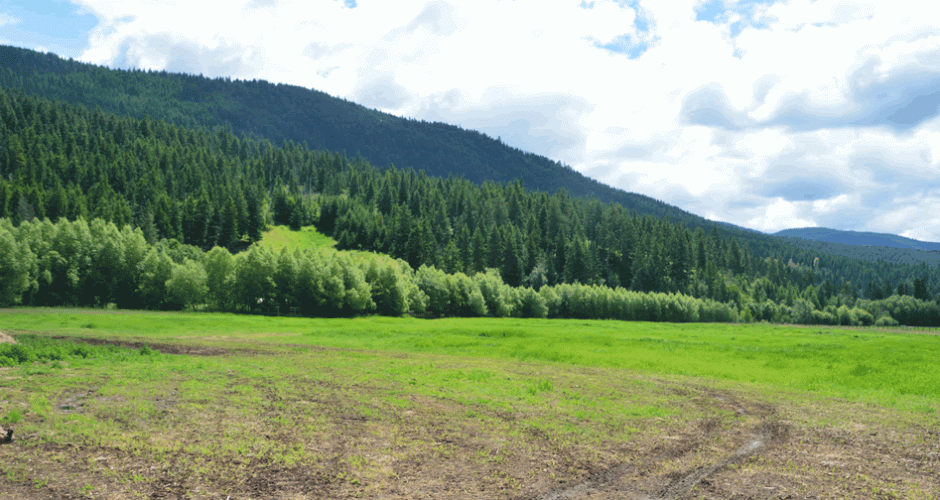Site Description
Name of the site: Altwasser Charolais
Address: Okanagan | Lumby
Size: 200 acres
Type of crops: Hay, Pasture, Cattle
Number of people employed: 2
Owned property for 50 + years
We like trees and vegetation; we like water and this work just created more control over our land and resources.
~Keith Altwasser
Stewardship Practices Guides
The following guides are relevant to this project site
- Riparian Areas in Settled Landscapes
- Guidance for Restoration Activities in Riparian Areas
- Drainage Maintenance in Agricultural Waterways
Click to download the table for stewardship practices at the Altwasser Charolais Farm.
Stewardship project partner:
BC Cattlemen’s Association (Farmland Riparian Interface Stewardship Program)
Champions
Keith and Cheryl Altwasser are the land owners and ranchers for this site.
Motivation
Keith and his wife Cheryl are very proud of the wildlife in their area. According to them, they usually see wildlife that were gone and came back because of the project like white tail deer, moose, bald eagles, porcupines, woodpeckers, coyotes, wolves and others.
We are proud of what came down the mountain. Cheryl walks every week and she runs into everything frequently.
All these animals were always here but they were up in the hillside. They didn’t come down because there used to be no protection provided by riparian areas.
Keith and Cheryl recommend similar work of stewardship in riparian areas to all landowners because they like animals and wildlife. According to Keith:
“As long as you leave wildlife alone they will leave you alone. We like trees, vegetation and we like water.
Challenges
Keith’s main challenge is related to the continuity of his work on the farm. All his sons live in Vancouver and are not interested in taking over after he retires because according to him, they believe there is no money in farming.
The kids are in Vancouver.
He also said he is not interested in selling because he does not trust that the successors will manage the land as well as he does. He said that if he ever sells the place, he would like it to go to some organization like Ducks Unlimited, because there is so much wildlife and water there. Keith realized that he didn’t have many difficulties because the property is not too large (105 acres).
At first he thought he would lose land because of riparian work but he got in an agreement and developed the project in less area than initially requested. He thought he couldn’t give them all that was requested because he doesn’t have that much land. The project was successful.
Lee interceded as a liaison between us and his big bosses to get this agreement.
The process of building a fence on the riparian area triggered the colonization by weeds that grow vigorously along it and invade the pasture and fields. He said when the site is disturbed, the seeds that are already there germinate and the weeds come in clumps and they spread. In the pasture, the cattle control them by chewing them down or trampling. He said deer are never in the fenced area but in the field so they don’t help control the weeds.
Coyotes and wolves are the only animals we have seen go in the fenced area.
Outcomes
It was a win / win situation.
We did expect benefits, but when you look back then it comes to life.
Operational / Technical / Economical
One of the main outcomes of this project was that it created more control over the land near the creek in relation to the humidity of the area and the access of the cattle to water.
Instead of having a mile of creek for the cattle to drink and create erosion, we now have 3 water holes. That is what we need for the 300 cattle we have in the property. They now go to designated areas to drink water and we were able to plant the trees and grow hay in areas where we couldn’t before.
Before the work, this creek was slow moving and had much less water. When we altered the stream and fixed the banks there was more natural flowing water and less mud on each side. We gained land just because there is no more mud. Trees don’t grow in muddy areas and when the cattle gets in there it kills everything anyway. So we put these fences up, planted the trees and the vegetation obviously grew, controlling the flow.
We gained 5 more acres, which on a small acreage, that’s huge. We can grow pasture or hay crops out of it. We did some alterations. Instead of jugging out wasting land we straightened it.
According to Keith, all of this work added value to his property: “It added aesthetic value, because when you look out there, that’s beautiful.”
Biodiversity
Cheryl and Keith are really impressed with all of the wildlife that came down the mountain:
We are proud of what came down the mountain due to this work. Cheryl walks every week and she runs into everything: white tail deer, moose, woodpeckers, bald eagles and others, porcupines, coyotes, two types of owls and more. All these animals were always here but they were up in the hillside. They didn’t come down because there was no protection. There are more fish and otter back in this creek due to the restoration.
Because it used to be a much slower moving stream, the fish would have a hard time to survive there.
Cheryl mentioned 18 to 20 deer usually feeding there. They pointed out that some farmers don’t like deer because they eat a lot of hay, “so you’ve got to be careful there, but for us it is fine.”
Stewardship Practices Menu
Learn more about Species at Risk
Stewardship Practices Case Studies
Fraser Valley & Lower Mainland Sites
Kootenay Sites
Okanagan Sites
Vancouver Island Sites
Contact Information
Find us on social media
LinkedIn: @StewardshipCentreBC YouTube: @stewardshipcentreforbc1047 Instagram: @StewardshipBC

